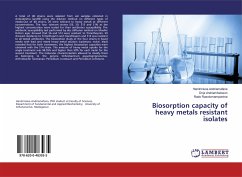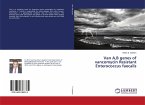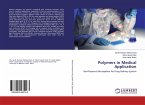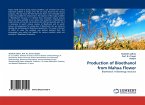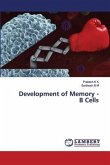A total of 48 strains were isolated from soil samples collected in Andralanitra landfill using the dilution method on different types of media.Out of 48 strains, 26 were tolerant to heavy metals at different concentrations. The four tolerant strains (S6, S9, S13 and S14) at the highest concentration were tested for their antibiotics susceptibility. The antibiotic susceptibility test performed by disc diffusion method on Mueller Hinton agar showed that S6 and S14 were resistant to Trimethoprim, S9 showed resistance to Trimethoprim and Ciprofloxacin and S13 was resistant to all tested antibiotics. The biosorption study of the four strains in liquid media with lead and mixed heavy metal solution (cadmium, nickel, lead) revealed that for both treatments, the highest biosorption capacities were obtained with the S14 strain. The amount of heavy metal uptake for the single treatment was 98.55% and higher than 50% for each metal for the second treatment. The molecular characterisation allowed to classify them as belonging to the genera Ochrobactrum pseudogrignonense, Arthrobacter nicotianae, Penicillium crustosum and Penicillium commune.
Hinweis: Dieser Artikel kann nur an eine deutsche Lieferadresse ausgeliefert werden.
Hinweis: Dieser Artikel kann nur an eine deutsche Lieferadresse ausgeliefert werden.

